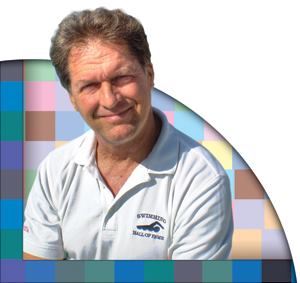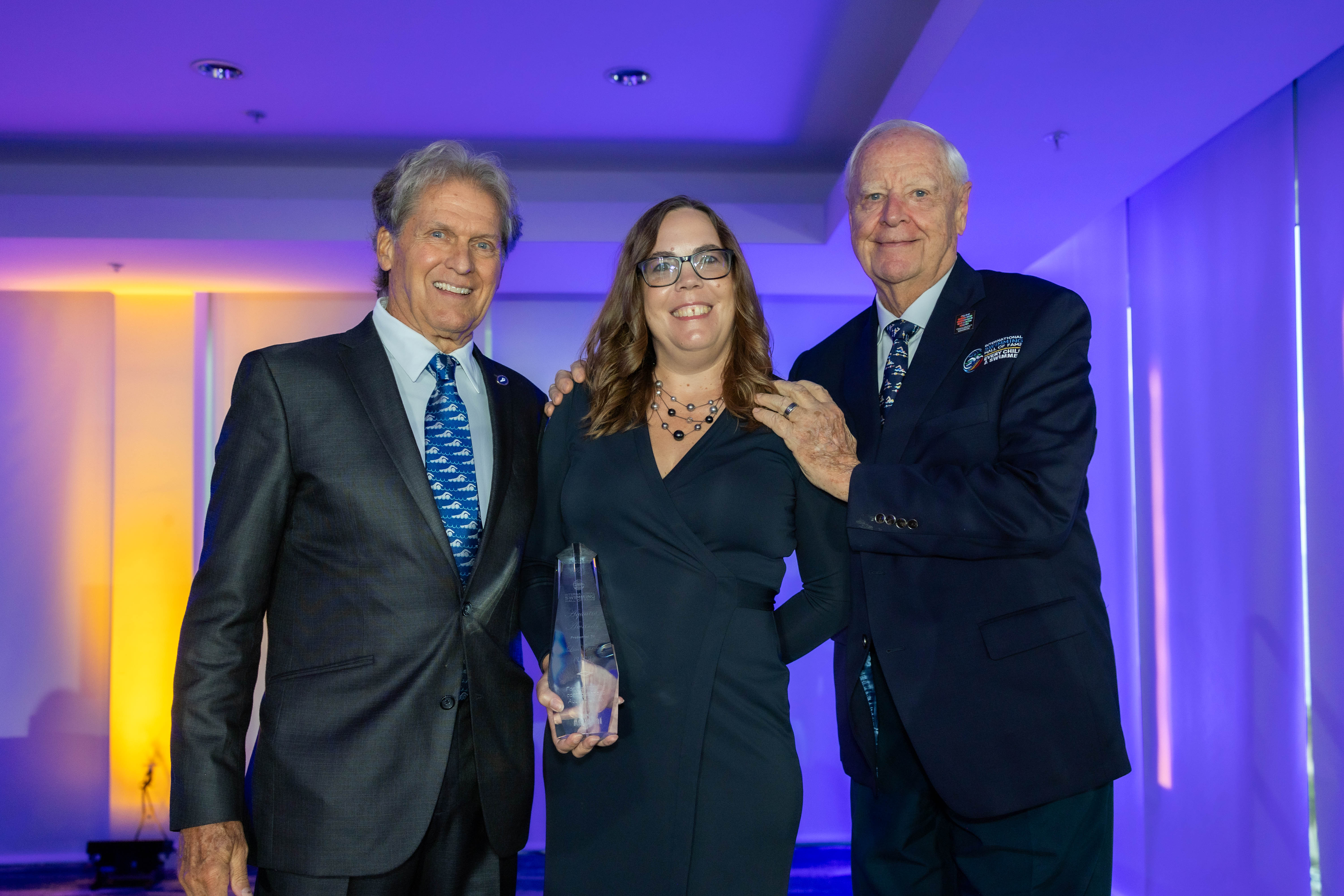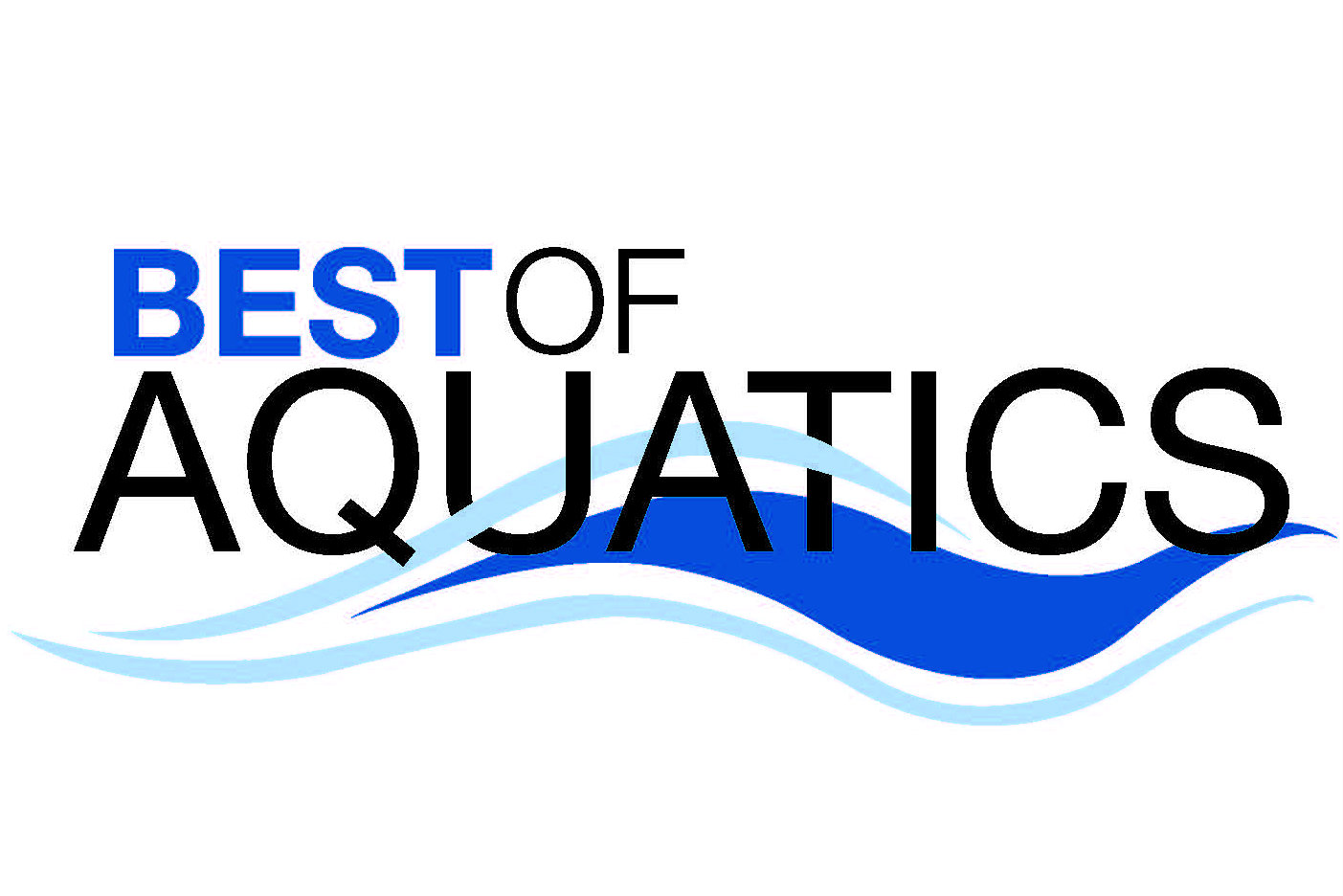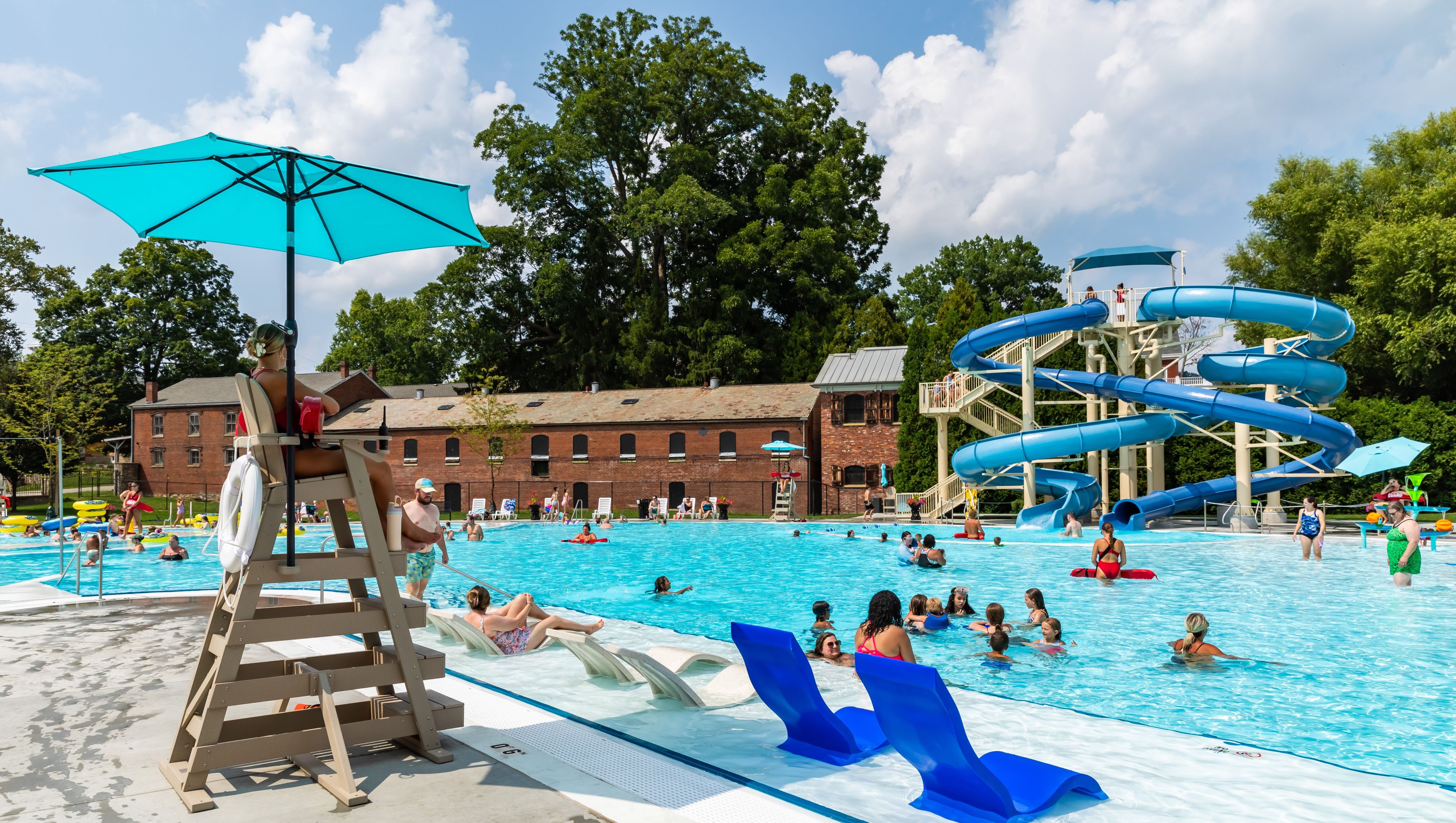They say you’ve got to understand where you’ve been to get where you’re going, and Bruce Wigo strives to do just that. The author of The Golden Age of Swimming (available online) is a recognized expert on the history of swimming. As president/CEO of the International Swimming Hall of Fame in Fort Lauderdal, Fla., it is Wigo’s mission to help aquatics professionals learn from the industry of yesterday to develop a stronger industry for tomorrow.
“I’d like to see us get back to where swimming was during the 1920s through the 1940s, when swimming was seen as the way to better health and pools were very much at the epicenter of social life,” he says. “We’ve really lost that.”
When it comes to his career in aquatics, Wigo isn’t looking back. A graduate of the University of North Carolina, Chapel Hill, aquatics has always been a part of his life. Early in his career, he managed the Philadelphia Aquatics Club and coached the Virgin Islands National Swimming Program. A former lifeguard, he was elected to the Ocean City (N.J.) Beach patrol Hall of Fame in 1994.
In 1991, he became executive director of USA Waterpolo, taking over at a time when the organization was clearly struggling. During his 13 years there, Wigo was influential in getting women’s water polo officially adopted as an Olympic sport. He watched his son, Wolf Wigo, compete in three Olympics; increased membership from approximately 7,000 to around 30,000; and established a national training center in Los Alamitos, Calif.
ISHOF was in a similar situation when he came on board in 2005. In less than five years, Wigo has been able to increase membership, funding and generally regain the aquatics community’s trust in the organization.
But he views his responsibility as bigger than just managing a top-notch operation dedicated to the accomplishments of world-class competitive swimmers. Wigo sees himself and ISHOF as ambassadors for aquatics, and as a bridge to noncompetitive swimmers.
“We don’t need to convince competitive swimmers,“ he says, adding that it’s the recreational and nonswimmers who need to know how swimming skills can save lives and foster a healthier lifestyle.
Specifically, he points to minority communities and the need for the industry to better serve them. “Our biggest challenge today is creating facilities that will attract people of all ages and races to pools and swimming,” he says.
It’s his hope that by educating industry professionals — and the public — about the history of aquatics, that challenge can be met.



